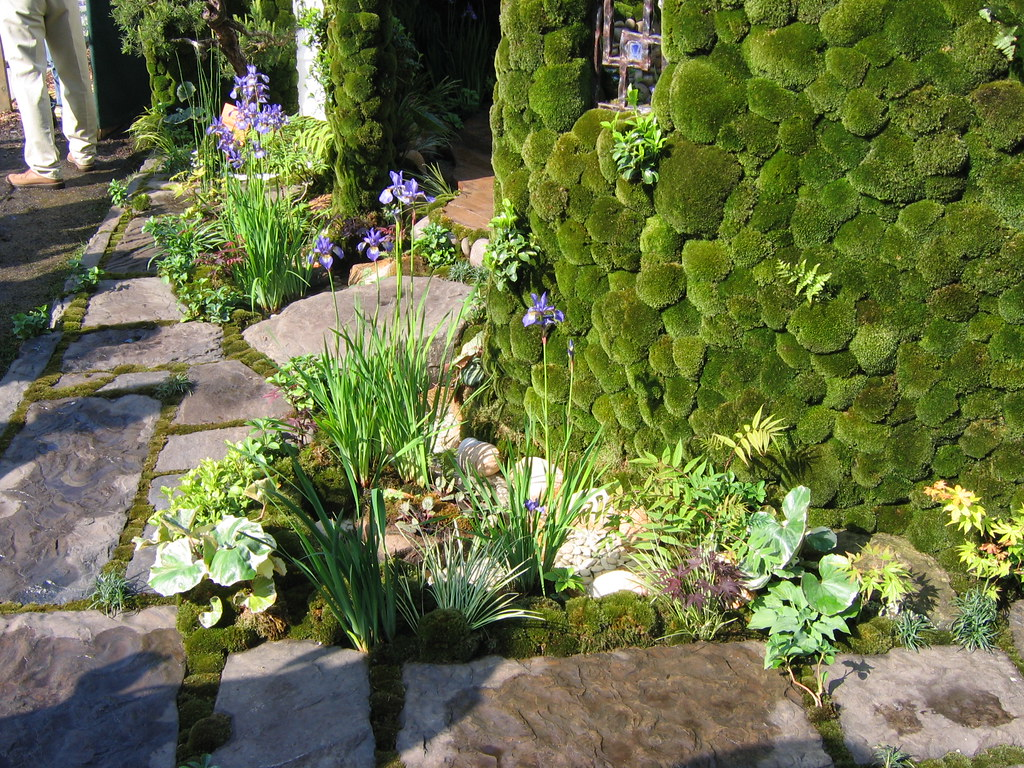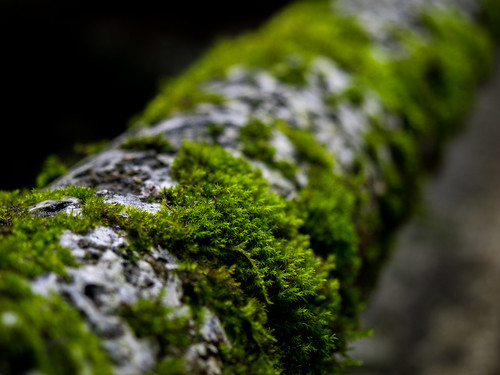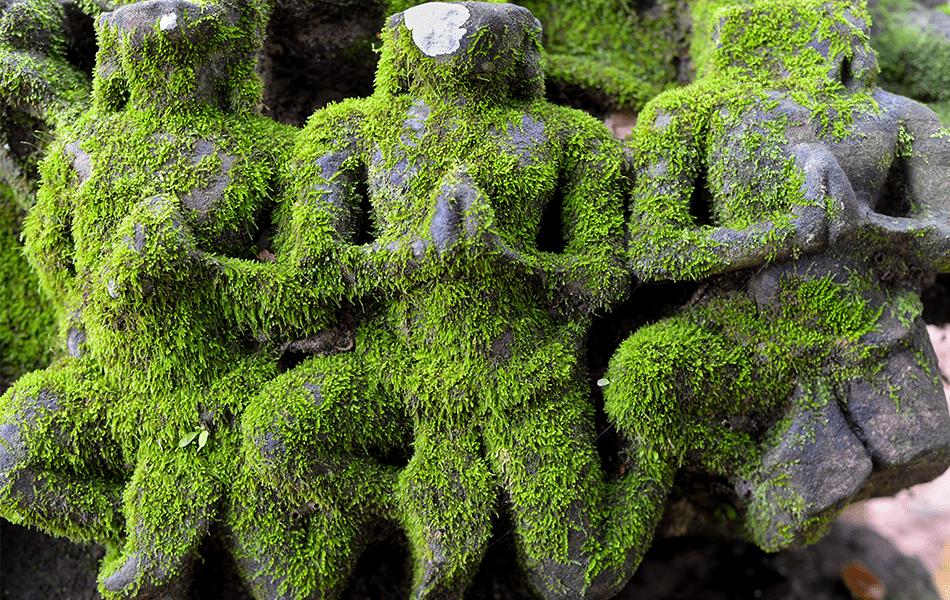Every day is a good day to begin living sustainably and starting your own small garden as a hobby can be a step in that direction. These days, the terms “plantitos” and “plantitas” are widely used by Filipinos taking care of plants and nurturing them at their garden or even within their homes. Although it may have initially only been about spending their time for some due to the pandemic, this environmentally friendly hobby at actually contributes to a larger, greener cause.
The popularity of indoor plants has increased recently, and more homeowners are considering placing palm trees, a potted fiddle-leaf fig, and other houseplants throughout their homes. In addition to these adorable succulents and green marvels, moss has recently gained popularity. Moss is a fantastic moisture-loving plant and, if handled properly, can add beauty to an ornamental garden. This primitive plant produces a dense, velvety covering that offers a vibrant spectrum of green hues that is simple to maintain.
A Moss Garden: What Is It?

Any purposefully planted outdoor space with moss is called a moss garden. Even though it certainly can be, it isn’t entirely made of moss. It is actually a group of very basic plants that can be found almost anywhere and on the surface of the ground, especially in damp, shaded conditions. You might see it on the shaded portion of your home’s roof, as well as on pathways and windowsills that are primarily in the shade, in addition to the back yard. You can also incorporate it indoors depending on where you want it to be.
A moss garden, in contrast to a traditional garden, can be calming without using as many vibrant hues as possible. It’s a place where you can relax and take in the serene, stress-free atmosphere. Even though moss comes in various shades of green, it doesn’t require much work or maintenance, and because there are so many different varieties, you will still get a variety of colors. You can create a small moss garden in a small space or a larger one with moss mat, moss beds, and trees regardless of the size of your garden as long as you adapt it to the space available. Everything is based on the climate zone and the amount of sunlight your garden receives. Rather than flowers or seeds, mosses are non-flowering plants that produce spores. They lack true roots but do have stems and leaves. Instead, they have rhizoids, which are minuscule hair-like structures. While some mosses draw water through their surfaces, others use these rhizoids to absorb moisture and nutrients.
Additionally rich in nutrients, moss serves as a good mulch substitute. Worms and other insects that are a vital source of food for birds and other animals will also have a lovely place to live thanks to it. Depending on the environment and location, mosses have an effect on soil temperature, warming or cooling it. Also, they have the ability to absorb water like a sponge and affect the local humidity. Mosses increase biodiversity and support a variety of insect species. Additionally, mosses help to clean the air, combat air pollution, and sequester carbon. With all of these wonderful advantages, it is simple to understand why we might want to have moss nearby. They are rich in nutrients; moss serves as a good mulch substitute. Worms and other insects that are a vital source of food for birds and other animals will also have a lovely place to live thanks to it.
Starting a moss lawn can also solve problems with the regular lawns. Most moss won’t grow much taller than four inches, so you can put the lawn mower away permanently. You won’t need to use any fertilizers, pesticides, or feed on your moss garden to keep it looking good. Moss is much more hardy, can grow in both sunlight and shade, and needs less upkeep than a lawn. As a result, it is advantageous for the environment and economical.
Types Of Moss

Fork moss and cushion moss are examples of Acrocarpous moss, while fern moss and sheet moss are examples of Pleurocarpous moss.
The former is more delicate when walked on because it grows more slowly, is more upright, and is a drier moss. However, the tighter variety also effectively inhibits weed growth.
Pleurocarpous is a faster-growing, flatter moss that you can walk on without getting harmed. And it works wonders to prevent erosion. Therefore, in addition to the appearance, you should base your moss selections on your intended uses.
Because Pleurocarp mosses can withstand a lot more water than Acrocarp mosses, it is best to keep them apart. For the first couple of months, cushion moss and other Acrocarps should only receive one watering per day to allow for drying and prevent rotting. Over the following three months, watering should decrease to every other week. Sheet moss, carpet moss, and other Pleurocarps enjoy several waterings a day without any tapering. An unwelcome weed may occasionally appear. Since moss doesn’t have a vascular system and can easily withstand being compressed underfoot, walking on it won’t be a problem. However, they are unable to withstand the tearing force produced when running, sliding, or jumping.
Here are some of the mosses that you can incorporate on your garden
Pillow moss
One of the easiest types of moss to grow. It prefers shade and thrives in moist but not wet soil. This the best choice if you’re new to moss gardening because it grows on rocks or in the ground. Even in a fairy garden, it looks fantastic. It has a striking green hue and forms compact clumps that resemble small hills. The pillow moss can produce thick mats that are up to three inches tall.
Sphagnum moss
Sphagnum, which has a high capacity to retain water, prefers moist environments. Near ponds and streams, it is most likely to be found on top of or beneath decomposing objects and materials.
Sheet moss
The Sheet moss is simple to work with and can lie very close to the ground. It only grows up to one and a half to four inches tall. As a ground cover between patios and stepping stones, these distinctive shade plants are perfect.
Reindeer moss
Its name refers to the fact that reindeer eat a lot of it during the winter. Once trampled, this kind of moss grows slowly and may take decades to regenerate. Both open and closed terrariums can look otherworldly when decorated with reindeer moss.
Mood moss
This variety can reach heights of one to four inches, and because the stems rarely stand straight, it has the appearance of being blown by the wind. Its color is a vivid green, and it needs more shade than the other varieties to remain content and healthy.
Read Also: Start a Home Garden with These Tips
Planting a Moss
The ideal location is one that receives some sun but is primarily shaded. Although some garden centers sell moss. Even though you could search for one outside, be sure to get permission, especially if it’s on property that belongs to someone else. Take a spatula and harvest it yourself to replant.
Before placing your moss, prepare the ground by raking it, getting rid of any weeds, etc., and moistening it. To help it cling to the soil below, pin it to the ground and scatter some rocks on top of it.
For the coming weeks, make sure to keep it moist. You should remove any weeds that manage to poke through as the moss grows thicker and establishes itself over the course of a few months.
Here are some of the steps in making a moss garden with a little bit of space.
- Clear the area of weeds, leaves, and other clutter until the soil surface is bare and reasonably firm.
- The soil surface is then lightly scratched.
- If your moss is dried, soak it in a bucket for a short while before pressing the moss pieces firmly into the ground. If your moss is already alive and healthy, you can simply press it into the ground without needing to soak it first.
- After that, thoroughly water the entire area.
- For the next 4-6 weeks as it establishes, keep it moist.
- You’ve largely finished your work once it’s attached. Because moss lacks a root system, it must obtain its nutrients from its leaves through rain and sunlight rather than from the soil.
- While those are the fundamentals, it is up to you how you use it and what you create. Make the moss a focal point throughout the garden, or simply cover a small, shaded area where nothing else is growing. Moss over and around rocks can produce a stunning, three-dimensional effect.
- Remember to take care of your lawn. For low-traffic areas, using moss as a lawn substitute is a really innovative idea. You can also plan to make an indoor moss garden depending on your choice.
- Some people will advise you to check the pH of the soil before planting your moss (you want it to be under 6), but many others will counter that because moss is such a hardy and low-maintenance plant, the pH usually isn’t important.
Read Also: Exploring Biophilic Design: Wellbeing through Nature-Inspired Spaces
Here are some applications of moss indoors
Mossarium
To prevent the plants’ natural color from fading, enclosed moss terrariums or mossariums should be placed out of direct sunlight. Just a few clumps of moss can be used to create a hill or valley in a Zen-like arrangement. Remember that the mossarium won’t be watered, so drainage is not required.
Wall mounted moss decoration or Vertical garden
Moss makes for a beautiful landscape that inspires the creation of fantastical worlds. Make sure to combine different types of moss when making your own mounted framed moss art. You can make ridges or dips on the mounted display by adjusting the proportions. Use clumps of mood or sheet moss mixed with thicker dried moss to produce an undulating effect. As accents, think about including dried wood, driftwood, and other floral components. The completed project achieves the same result as a vertical garden without the maintenance requirements.
Tabletop Moss Garden
It would be interesting to create a miniature version of your own moss garden on top of the table. Simply modifying it to fit your personal style by assembling the required container, rocks, soil, and moss varieties. In order to make it more aesthetically pleasing, you can also make it inside your coffee table.
Moss can be used to create a garden that you can enjoy and unwind in both the outdoors and indoors, just like other kinds of plants. Additionally, it will be a healthy way to move your body while engaging with nature in a calm environment at home, which may help your mind and body to lessen any stress that may be present during the day.





